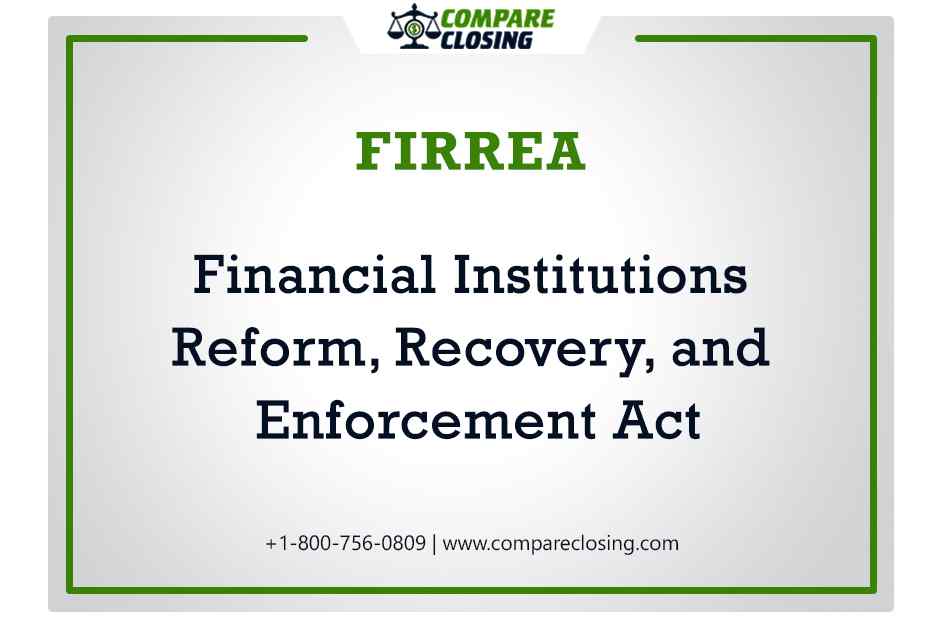Initially when launched FIRREA, was seen as a bailout for failed savings and loan banks. Now it has become a powerful anti-fraud tool to prosecute banks that are making intentional bad loans.
In cases of fraud within federally insured banks, FIRREA allows the Department of Justice (DOJ) to sue for civil penalties.
There are 14 criminal statutes, making it a broad tool capturing any kind of fraud. For instance – bank fraud, false statements, mail fraud, and wire fraud.
The DOJ can ask for penalties equal to the total gain or loss resulting from the fraud.
Penalties of up to $1.1 million per violation are authorized by FIRREA. For continuing violations, the maximum penalty increases to up to $1.1 million each day or $5.5 million for every violation, depending on which is less.





